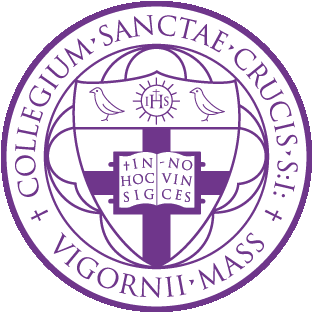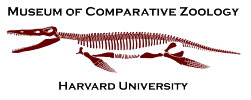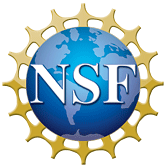Aves - Neognathae - Columbiformes - Columbidae - Patagioenas - Columba fasciata
Sternum (Breast Bone) of a Columba fasciata (Band-tailed Pigeon)
Rotate: left click on mouse
Zoom: right click on mouse (PC) or command and click (Mac)
Move: left and right click simultaneously (PC) or shift and click (Mac)
| Species Description |
|---|
|
|
| Skeletal Elements Available |
| External Links |
|---|
|
Animal Diversity Web Encyclopedia of Life Wikipedia Band-tailed Pigeon Page |




